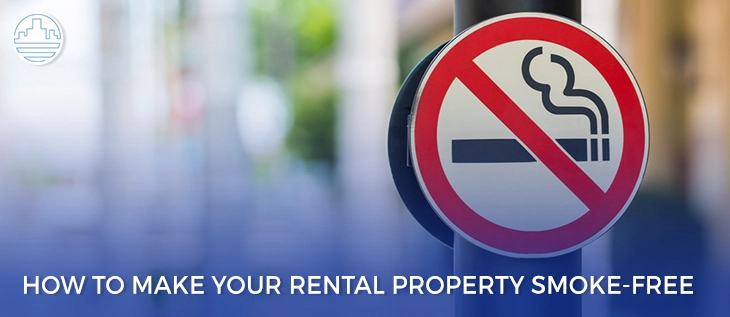
This is a Non-Smoking Building
While the dangers of passive smoking are extensively talked about, what we don’t pay enough attention to is third-hand smoke. If you have had smokers live in your building, you sure are familiar with the lingering odor of smoke long after they have moved out. You may think air-conditioning will take care of it, but it only ends up exacerbating the condition.
The important part is that it isn’t just a stale smell, but also an indicator of toxins that are harmful to residents. Nicotine in third-hand smoke is known to form carcinogens. Third-hand smoke is also known to increase the risk of respiratory illnesses. The negative impact of third-hand smoke on infants particularly, cannot be overstated. Dangers of third-hand smoke also emanate from the fact that not only do you breathe the chemicals that are in the air, you also stand to come in contact with it through objects it sticks to.
For property owners, it is a nightmare as third-hand smoke can lead to:
- Staining of furniture, walls, and ceilings.
- The need for extensive turnover work and repairs at a significant cost. According to a study by UCLA and the California Apartment Association, the costs of a restoration of a two-bedroom apartment unit could cost $8,000 a unit; this includes things like deep cleaning or even replacing carpets, walls, curtains, countertops, and other such furnishings.
Providing a non-smoking environment can go a long way in not only promoting the health of your tenants but also in saving precious time and money needed to keep the place maintained. In addition, a smoke-free environment is common amenity tenants look for in high-quality apartment units. Enough surveys have been conducted to show that most tenants prefer smoke-free housing. What can landlords do to provide it?
- First, adopt a smoke-free policy for your apartments. A word of caution here- it is clearly not enough to restrict smoking to specific areas as smoke travels easily through windows, cooling systems, and more. Not allowing smoking of any product anywhere on the property is the only way to ensure that the apartment building is really non-smoking. That done, not only can you advertise the unit as a non-smoking building, you can register your property on registries like Smokefree Apartment House Registry. This can help attract non-smoking people or families looking for those amenities. Of course, make sure to put the non-smoking policy in your lease.
- If you are converting a smoke-filled unit to a smoke-free unit, you need to at the minimum:
- Have the walls washed and repainted
- Replace carpeting
- Replace curtains and window coverings
- Replace air conditioning filters
Getting in touch with a restoration expert can go a long way in helping you make the transition. This sounds like a lot of work and there is no denying that it is. Except that this would be the last time you would be converting your apartment to a non-smoking one and bidding adieu to third-hand smoke!
Learn more about how we can help. Customized solutions for large portfolios!
